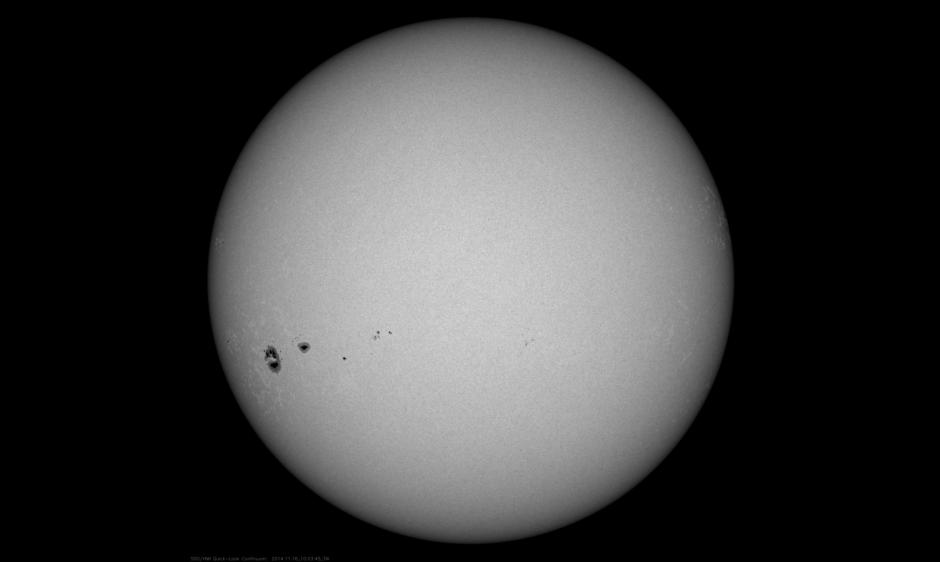
Region 2209, located in the lower left quadrant of the solar disk, is actually the return of Region 2192. When this region previously made its way across the visible disk, just about a month ago, it was the largest sunspot group in decades, and produced several R1-R3 radio blackouts. Although not quite as impressive in size, it is still a large region with a complex magnetic structure, and is capable of producing even more X-ray flare activity. It has already produced two M-class flares (R1-Minor radio blackouts), and has only been on the Earth-side of the sun for a couple of days. And, unlike its previous transit, it appears to have coronal mass ejections (CMEs) associated with some of its flare activity. This could mean an increased probability for elevated geomagnetic storming. Forecasters will be monitoring this region closely over the next week and a half as it makes its way across the visible disk. Stay tuned here for updates.